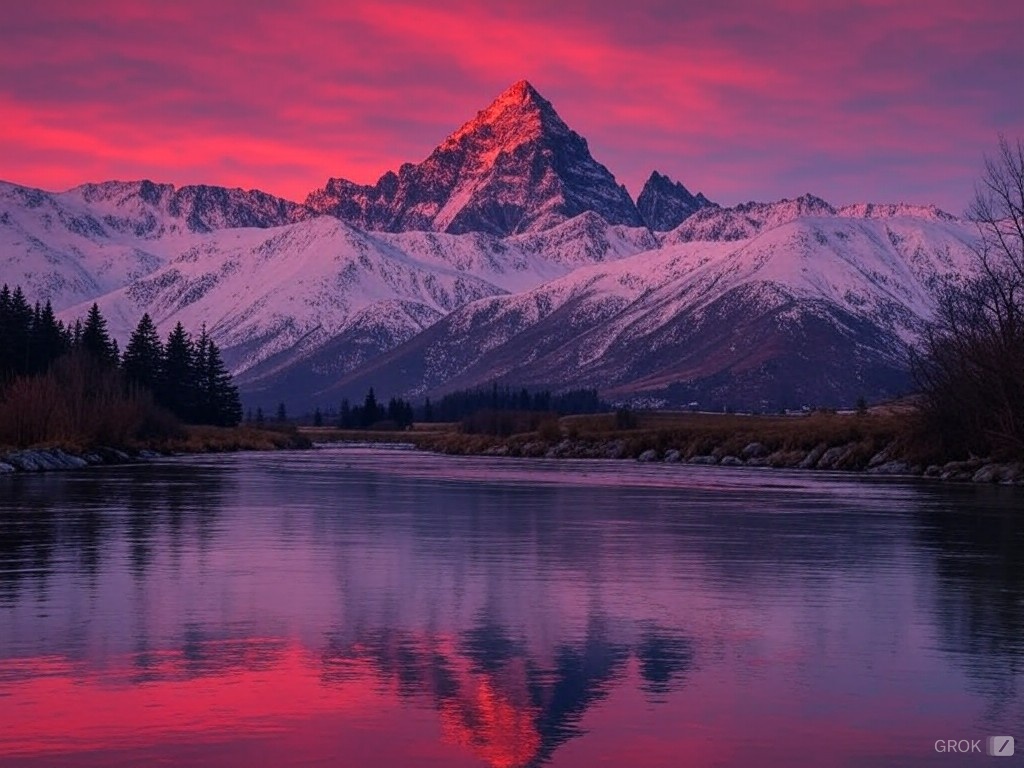Alright, let’s dive right in. Have you ever found yourself completely lost in the fantastical worlds of games like Fortnite or Gears of War? There’s something magical about them, right? Well, much of that magic comes from the groundbreaking use of Unreal Engine in their level design. Ah, Unreal Engine, a tool so powerful yet so intimidating for newcomers diving into the realm of 3D game level design.
I remember the first time I opened Unreal Engine; it was like stepping into a giant’s kitchen. Everything you need to concoct something incredible is there, but where do you even start? It took me a while, peppered with a bit of frustration and awe, to find my footing. But once I did, oh boy, it was like having a painter’s palette the size of a football field at my disposal.
The Heart of Unreal Engine Level Design
If you’re new to this or maybe you’ve dabbed a little, you’ve got to know – Unreal Engine is all about bringing creative visions to life in a way that feels almost like playing god. You can craft terrains sculpted to perfection, design mind-boggling architectures, and sprinkle the environment with details that make the world come alive. Sounds a bit daunting, doesn’t it? But also exciting I hope!
Why choose Unreal Engine for your game’s levels? Well, besides the obvious (hello, have you seen the graphics on that thing?), it’s the flexibility and control it offers. You want a sunny beach? You got it. A dystopian cityscape at dusk? Just a few clicks away. Unreal Engine’s robust toolset allows designers like us to push boundaries and sometimes, even break them.
The Real Challenge
But here’s the catch – while the tool is monumental, mastering it is not a walk in the park. I’ve had my share of late nights trying to figure out why my landscape looked more like a toddler’s playdough session than the epic battleground I envisioned. It’s part and parcel of the journey, though. Each mistake is a stepping stone to becoming a maestro of the digital canvas. Let me tell you, the satisfaction of finally seeing your vision come to life is second to none. It’s pretty sweet.
It isn’t just about placing objects and creating terrains though. The real challenge in Unreal Engine level design lies in crafting experiences. How will the player feel as they traverse this world? Will they be awe-struck, terrified, exhilarated? These emotional undercurrents are what transform good levels into unforgettable ones. It’s a bit like storytelling, but instead of words, you use landscapes, skies, and sounds. Quite poetic, really.
Getting Practical
For those itching to get started or improve their skills, I’d suggest rolling up your sleeves and diving into the community and resources available. Unreal Engine has a massive, supportive community, and thousands of tutorials and forums are just itching to help you out. Don’t get too caught up in making everything perfect on the first go. It’s a learning process, and sometimes, you just need to create a few “not-so-epic” levels before you hit the jackpot.
And hey, if you ever feel stuck, that’s perfectly normal. We’ve all been there – staring at the screen, wondering if we’ve bitten off more than we can chew. Sometimes, taking a step back is all you need. Or maybe, a chat with another designer could spark that missing piece of creativity.
I’ve been through the ups and downs, the glitches and triumphs, the endless tweaks and sudden breakthroughs. If you’re venturing into Unreal Engine level design, or looking to hone your skills further, remember, it’s a marathon, not a sprint. Keep at it, stay passionate, and gradually, you’ll see your digital worlds come to life.
Feeling pumped to start or enhance your game project but need a bit of expert advice or assistance? I’d love to help. Drop me a line at [email protected], and let’s create something epic together!
